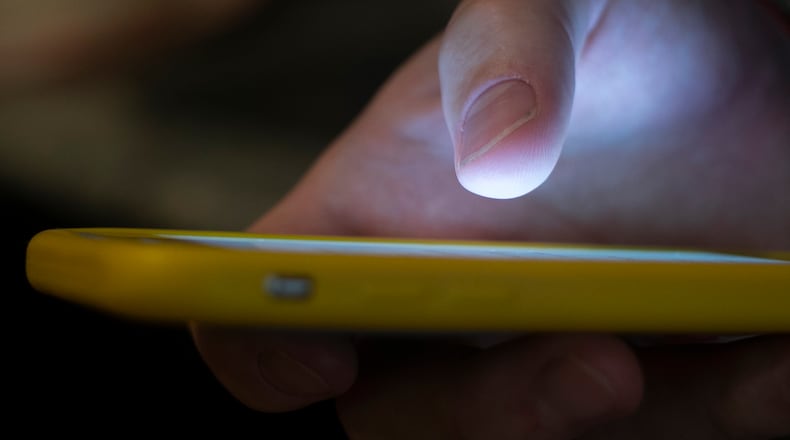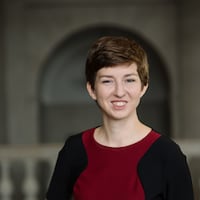Dialing or texting the already-functional 988 will put Ohioans in touch with the national lifeline, which then directs callers via area code to the nearest counselor from nearby crisis centers, if available. If no nearby counselors are available, calls will get routed to out-of-state backup centers. Service from the lifeline is available 24/7.
In the two years since 988 was announced, Ohio has increased the number of crisis centers in the state. With increased staff, Ohio crisis centers are aiming to field 90 percent of the state’s call capacity.
The Journal-News previously reported that an easier-to-remember number is expected to bring a significantly higher volume of Ohio calls into the Lifeline. In 2020, more than 72,000 Ohioans called the hotline; one consultant expects a 65 percent increase in the first calendar year of 988′s operation.
In Butler County, Community Health Alliance’s Sojourner Recovery runs a crisis hotline center that fields calls from the national hotline. Shane Joseph, the hotline’s assistant director, said he expects an immediate large increase in call volume, but that increase tends to come from curious callers rather than those in crisis.
“We do expect to see more [ crisis calls] as people get used to the number and hear more about it, and see it on TV and print and online,” Joseph said. His staff has expanded in preparation for 988′s rollout.
Joseph said, like normal, callers will be routed to his crisis center and greeted by a trained counselor and asked important questions that assess immediate risk levels.
From there, the crisis center prefers to let the caller lead the conversation. Joseph said his staff is equipped to offer guidance or to connect callers with all sorts of area mental health resources, including Butler County’s Mobile Crisis teams.
Joseph stressed that centers like his are available to anyone, and that callers don’t need to be in immediate danger in order to receive help from the hotline.
“There’s really not a wrong reason to call,” Joseph said. “And, if someone does call for something that we aren’t the ones to provide [help with], we’re always able to help direct them to the people or place that does.”


